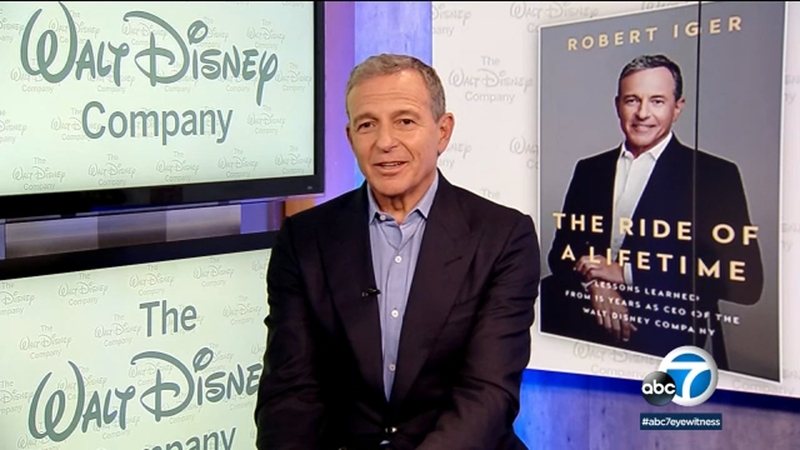Use The 3-Minute Rule To Make The Most Of Serendipitious Opportunities

Everyone I mention the 3-Minute Rule to finds it intriguing. Doubly so when they realize it has the potential to turn humdrum encounters into something truly serendipitous.
Still with me? Here are some details.
“The 3-Minute Rule” by Brant Pinvidic has been my most important read on Blinkist
I consider it essential reading for anyone in the business world but I also see it being highly relevant and useful for social gatherings.
Here are 7 key takeaways from “The 3-Minute Rule”
- Your pitch has 3 minutes to succeed. Modern audiences have short attention spans and zero tolerance for hot air and long-windedness.
- You might have an hour booked (and a powerpoint to match) but by the end of 3 minutes your audience is either with you or they’ve checked out. You can spend the next 57 minutes yammering away but they’re hooked (or not) after just 3 minutes!
- You have to be selective with your 3-minute content. Most details are irrelevant. To win the audience over to the thing you’re pitching you have to convey the general concept in a way that is so engaging that they’re begging you to tell them more.
- Your pitch needs to answer 4 questions in as compelling a way as possible: 1. what is it? 2. how does it work? 3. are you sure? 4. can you do it?
- Your 3-minutes of material must be synthesized into a total of 25 sentences: 9 for What is it? 7 for How does it work? 6 for Are you sure? 1 for Can you do it? An additional 2 sentences are granted for the opener.
- The opener ideally brings an “aha” moment to life, e.g., the moment everything clicked and you realized you were onto something big with this concept.
- Preempt skepticism by acknowledging any obvious problem that might jeopardize your idea. Bring it up and talk about how you’ll deal with it. You’ll lose your audience, and their trust, if you don’t address it.
You can see why having this 3 minute pitch/outline at the ready can be useful in a multitude of situations. And why serendipitous moments can be made even luckier with that 3 minute pitch at hand.
Scroll down for more on serendipitous moments and how they are enhanced by the 3-Minute Rule
Brian Grazer teaches a class at USC Film School titled: “How to Make the Most of a Serendipitous Moment.”

In a recent LA Mag article, he explains how this particular course came about.
It was a direct outgrowth of his experiences with people pitching screenplay ideas to him while he’s out to dinner (generally when his wife gets up from the table to go to the restroom).
He’s more generous with his time than my 3-minute author (above). He gives people up to 15 minutes to make their pitch and while some are great, he’s found most are awful.
Years of those awful pitches provided the impetus for him to put together this class. It’s tailored specifically to film students and teaches them how to make the most of that 15 minutes should they get the opportunity to pitch someone like him (Grazer).
Bob Iger, likewise, a good friend of Brian Grazer’s just wrote a book that includes many serendipitous moments that have shaped his career
What is impressive about Iger is how, from his earliest years, he understood the importance of being thoroughly prepared so that when a chance encounter or “lucky break” comes his way, he’s ready to seize the moment.
He doesn’t mention the 3-minute rule but in reading his book, I’m fairly certain he’s all about cutting to the chase – and quickly!
Iger’s book, by the way, is another of my favorite reads on Blinkist.

Bottom Line.
I am lucky to be in a position to constantly meet new people. I’m invited to business events and social gatherings. I also travel a lot and meet an extraordinary number of fascinating people on my treks around the globe. That said, I’m not always the most confident person when it comes to meeting and greeting large groups of strangers.
With the 3-minute rule, however, I’m optimistic I might have found a way to overcome the awkwardness and shyness I sometimes experience when it comes to introductions.
The task I have set for myself for the next couple of weeks is to prepare a 3-minute pitch (25 sentences) about myself, i.e., what is the “concept” of me and how do I make it intriguing and relevant enough to get all those people I meet to lean in and want to know more.
I’ll report back after my trip in February. I’m excited by this challenge.
